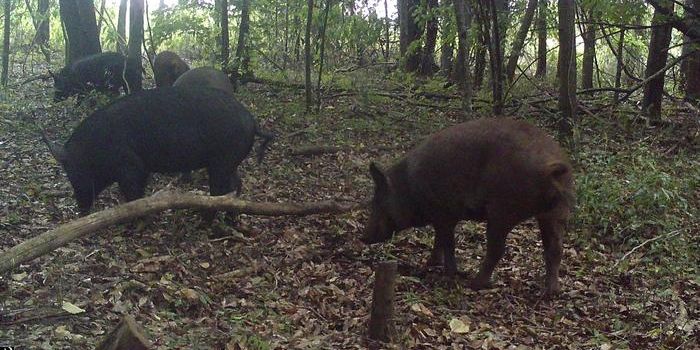20 Critically Endangered Royal Turtles Have Been Released Into the Wild
The Southern River Terrapin (Batagur affinis), or more colloquially known as the Royal Turtle, is currently recognized by the International Union for Conservation of Nature (IUCN) as critically endangered on the organization’s Red List of Threatened Species. The Royal Turtle is endemic to Asia, and populations have dipped so low that it was once thought to be extinct.
Image Credit: Horne, B.D., Chan, E.H., Platt, S.G. & Moll, E.O. 2019.
But that all changed in 2001 when conservationists rediscovered the elusive Royal Turtle in Cambodia during an excursion. As you might come to expect, the discovery generated hope for saving the species from the brink of extinction, and the conservationists didn’t waste any time in implementing methods to help boost the species’ dwindling numbers.
The latest of such efforts transpired just last Friday when a team of conservationists released 20 captively-bred Royal Turtles into a Cambodian river in an attempt to facilitate new breeding populations for the species. If everything goes according to plan, then these 20 Royal Turtles could multiply on their own or mate with other wild specimens.
"Our team raised them since they hatched until now ... these turtles are 12 or 13 years old," explained Som Sitha of the Wildlife Conservation Society. "We are releasing them to restore their numbers in nature. We hope that these turtles will breed in the near future."
Related: A new turtle species has been discovered in Asia, but it's already almost extinct
The Royal Turtle found itself in the precarious situation that it’s in today following years’ worth of human-related activities linked to monetary gains. Humans have seemingly hunted them for an eternity, and they’ve also been victims of trafficking since their eggs are considered a delicacy and their shells are thought to play a role in traditional medicine.
To make matters worse, the species is hard-pressed to rebound because humans are mining sandbanks and destroying their precious nesting sites. Consequently, the eggs they lay seldom get a fair chance to hatch.
Related: Why do turtles have the ability to retract their heads into their shells?
Conservationists are doing everything in their power to track existing Royal Turtle populations and ensure that they don’t succumb to similar fates. In doing so, it’s entirely possible that the species’ populations could multiply, but it remains to be seen by how much or if environmental pressures will be too much for them.
With a little luck, perhaps the Royal Turtle will escape from the stiff clutch of near-extinction. But then again, only time and continued conservation efforts will tell…









